Sign up for workout ideas, training advice, reviews of the latest gear and more.

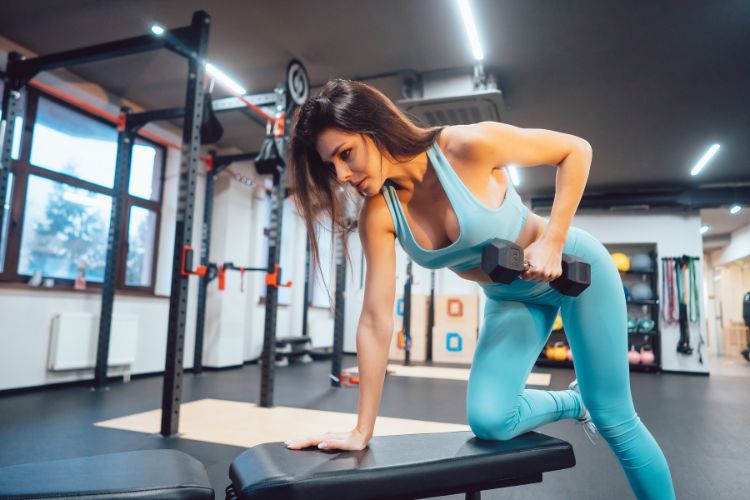
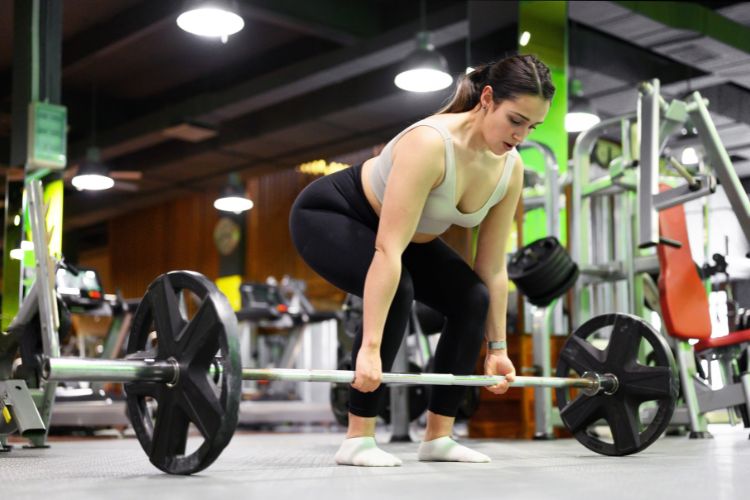
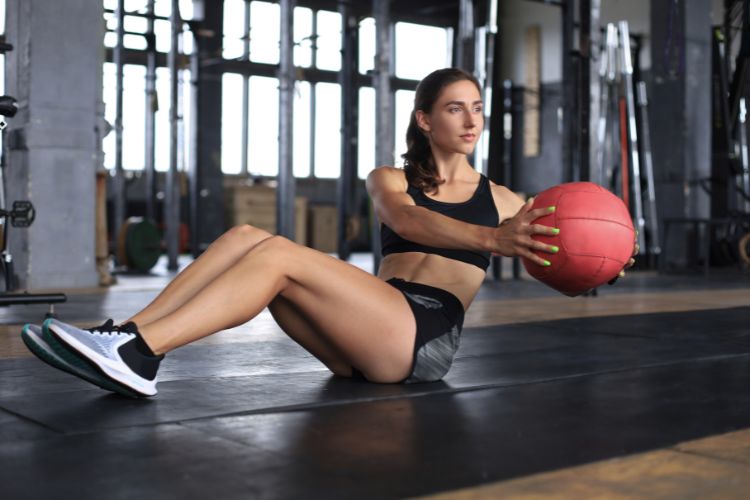
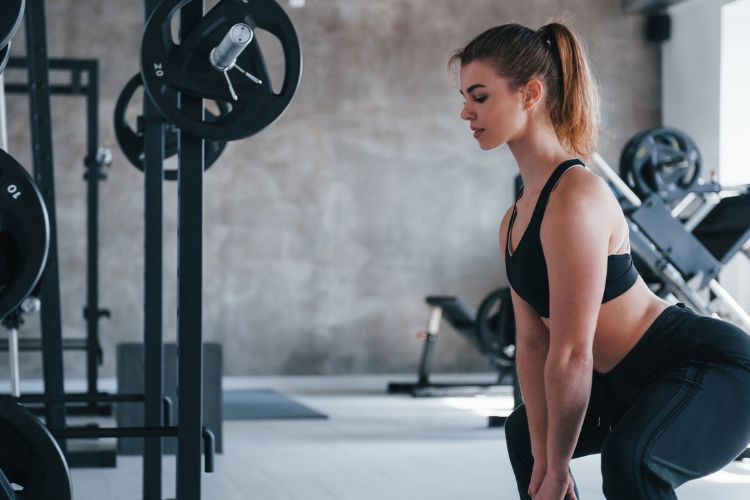
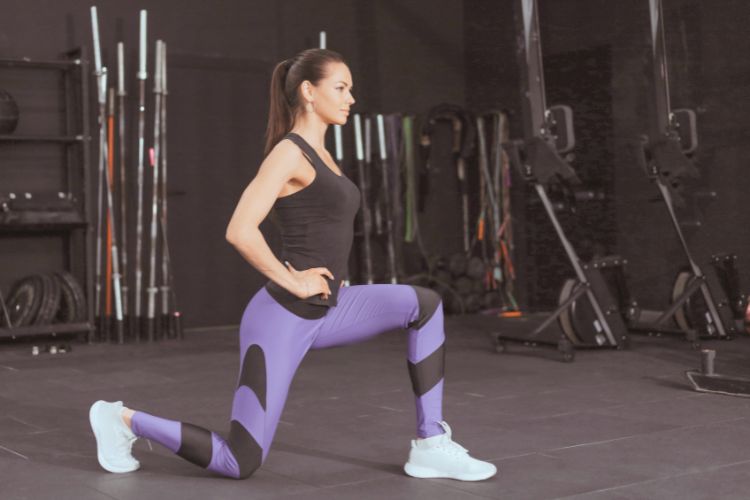
When it comes to effective lower-body workouts, bodyweight lunges are a staple for women looking to build strength, improve balance, and tone their legs and glutes. Unlike many gym-based exercises, lunges require no equipment, making them accessible, versatile, and perfect for home workouts. Whether you’re a beginner or a fitness enthusiast, incorporating bodyweight lunges into your routine can yield incredible results.
In this blog post, we’ll explore the benefits of bodyweight lunges, different variations to target specific muscle groups, and tips to optimize your form and results. Let’s dive in!
Bodyweight lunges are a convenient exercise that can be done anywhere, anytime. Whether you’re at home, in a park, or traveling, you don’t need dumbbells, resistance bands, or machines to get a great workout.
Lunges primarily work your quadriceps, hamstrings, glutes, and calves. They also engage your core and improve balance, making them a full-body functional exercise.
Since lunges are a unilateral exercise (working one leg at a time), they help correct muscle imbalances and enhance coordination, which is especially beneficial for women who want to improve their overall fitness.
Lunges are a compound movement that engages large muscle groups, increasing calorie burn and boosting your metabolism. This makes them an excellent addition to any weight loss or toning program.
Lunges mimic everyday movements like walking, climbing stairs, and bending, making them a practical exercise for improving daily mobility and strength.
Before diving into advanced variations, it’s essential to master the basic lunge. Here’s how to do it correctly:
Pro Tip: Keep your front knee aligned with your ankle to avoid unnecessary strain on your joints.
Once you’ve mastered the basic lunge, try these variations to challenge your muscles and keep your workouts exciting.
Reverse lunges are gentler on the knees and emphasize the glutes and hamstrings.
Walking lunges add a dynamic element to your workout, improving coordination and endurance.
Curtsy lunges target the inner thighs and glutes, making them a great addition to any toning routine.
Side lunges work the inner and outer thighs, improving hip mobility and flexibility.
Pulse lunges add an isometric hold to your lunge, increasing time under tension for greater muscle activation.
For a cardio boost, try jumping lunges. This plyometric variation increases heart rate and burns more calories.
Proper form is crucial to prevent injury and maximize results. Keep your chest up, core engaged, and knees aligned with your toes.
If you’re new to lunges, start with basic variations and gradually progress to more advanced movements.
Allow your muscles time to recover by incorporating rest days or alternating between upper and lower-body workouts.
For a well-rounded workout, pair lunges with other bodyweight exercises like squats, push-ups, and planks.
Keep a workout journal to track your progress, noting the number of reps, sets, and variations you perform.
Here’s a 20-minute bodyweight lunge workout you can do at home:
Consistency is key to seeing results with bodyweight lunges. Over time, you’ll notice improved strength, better balance, and more toned legs and glutes. To continue progressing, consider:
Bodyweight lunges are a powerful exercise for women looking to build strength, improve balance, and tone their lower body. With no equipment required and countless variations to choose from, lunges are a versatile addition to any fitness routine. By focusing on proper form, staying consistent, and gradually progressing, you’ll unlock the full potential of this simple yet effective exercise.
So, what are you waiting for? Lunge your way to stronger, leaner legs and glutes today!
By incorporating these tips and workouts into your routine, you’ll not only achieve your fitness goals but also enjoy the process. Happy lunging!
Stay up to date on the latest women’s health, fitness and lifestyle trends and tips.